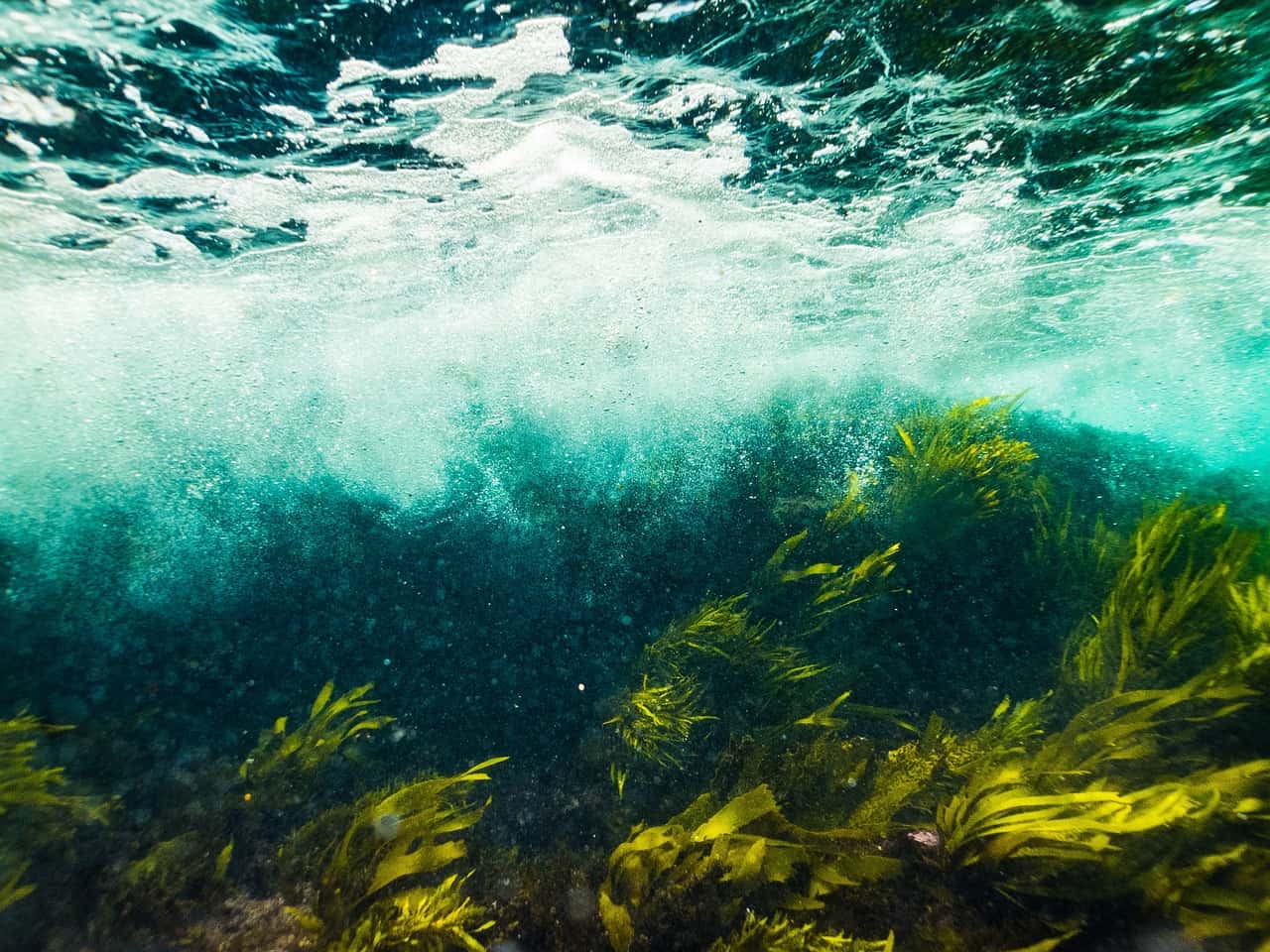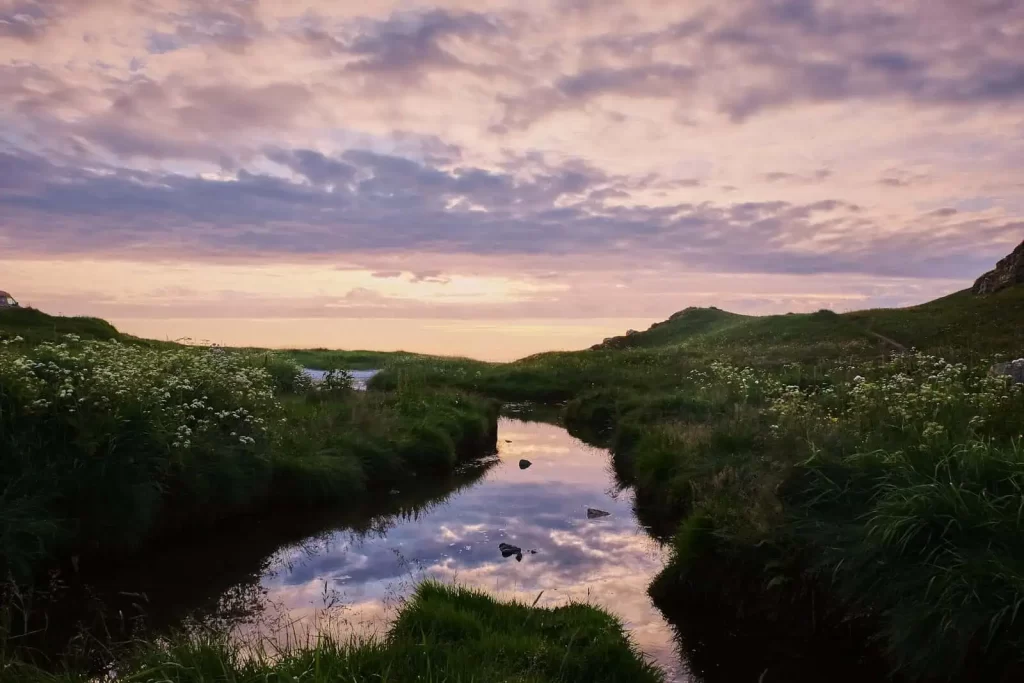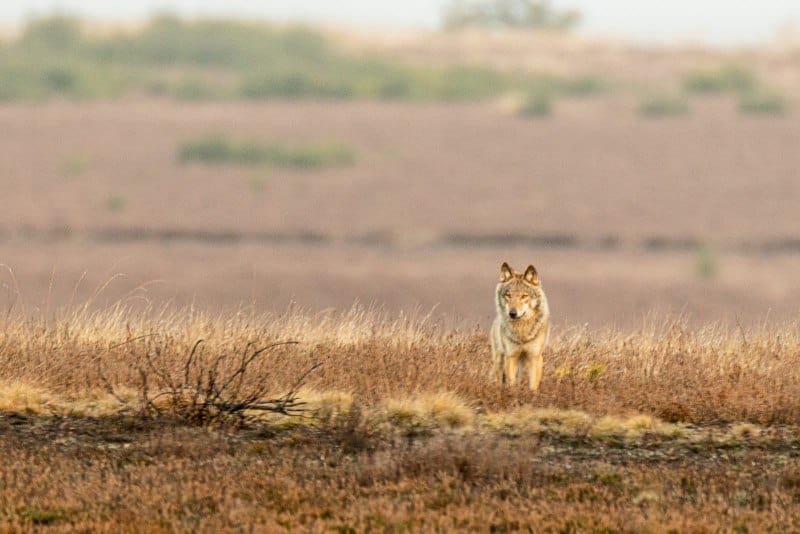Share:
TreeReefs: Reviving marine ecosystems by ‘planting’ pear tree reefs

As part of the Waddenfonds project Waddenmozaïek, researchers from the Royal Netherlands Institute for Sea Research (NIOZ), the University of Groningen, and the University of Utrecht have placed a new experiment with pearwood tree reefs in the permanently flooded areas of the Wadden Sea.
After only a few months, these reefs are already teeming with life. Algae, barnacles, mussels, bryozoans, ascidians, and anemones are covering the wood, and the amount of fish around the reefs is five times higher than on the adjacent sand.
Over the last century, natural reefs in the Wadden Sea and North Sea have vanished. These reefs are crucial for fish as they provide hiding and breeding spots. There is a pressing need to restore these reefs. How can we accomplish this? NIOZ has embarked on a research project to assess the ecological significance of TreeReefs, which are experimental reefs created by submerging trees underwater.
Why TreeReefs?
Placing trees at sea sounds a bit strange? And even if it’s feasible, why would you want to do it? To grasp the rationale behind this, let’s consider tropical reefs, as explained by Tjeerd Bouma, a researcher at NIOZ, a professor at Utrecht University, and a lecturer at HZ University of Applied Sciences in Vlissingen. Reefs often support a vibrant community of fish. A similar phenomenon occurs around shipwrecks in the North Sea. This illustrates the vital importance of providing fish with effective hiding places, shielding them from predators, according to Bouma.
But how does one go about restoring these reefs? Bouma drew inspiration from his cycling tours in Zuid-Beveland, an area teeming with orchards, leading to the concept of repurposing low-trunk fruit trees as TreeReefs. In the Netherlands, there are approximately 100,000 hectares of orchards. Each year, roughly 250 hectares are cleared for replanting. These discarded fruit trees represent a natural by-product, possessing their own intricate reef-like structures. Six pear trees together can form a pyramid-shaped reef measuring 3 by 3 meters.
In the past, before the era of dams and dikes, the Wadden Sea used to witness a more significant influx of washed-up trees. Hence, the idea doesn’t seem quite so unconventional after all.
A total of 192 pear trees were placed on the seabed of the Wadden Sea with concrete blocks at their base, resulting in 32 artificial reefs. The pear reefs are monitored with the help of cameras and during survey expeditions. They have now become breeding grounds for fish and shrimp. Ascidians and anemones have become ‘permanent residents’. The researchers hope that a natural reef will remain when the pear reefs have disappeared.
Restoration success
The initiative to restore reefs using pear trees appears to be a significant success. After sixteen months, substantial numbers of butterfish and literally thousands of cuttlefish eggs can be seen in the pear reef, according to Jon Dickson, a doctoral researcher at the Royal Netherlands Institute for Sea Research (NIOZ).
This is hopeful news for the Wadden Sea. The established pear reefs help to restore a thriving marine ecosystem. Woodworms are already breaking down the wood, but it is expected that the reefs will persist for several more years. Ultimately, they will naturally disappear.
The swift positive outcome is inspiring because five years ago, alarm bells were already ringing about the state of the Wadden Sea. The project demonstrates that we can actively assist in restoring marine biodiversity. Not only the Wadden Sea can benefit from such innovative measures, but also the North Sea and even oceans, because natural structures like oyster reefs have disappeared on a large scale there as well.






